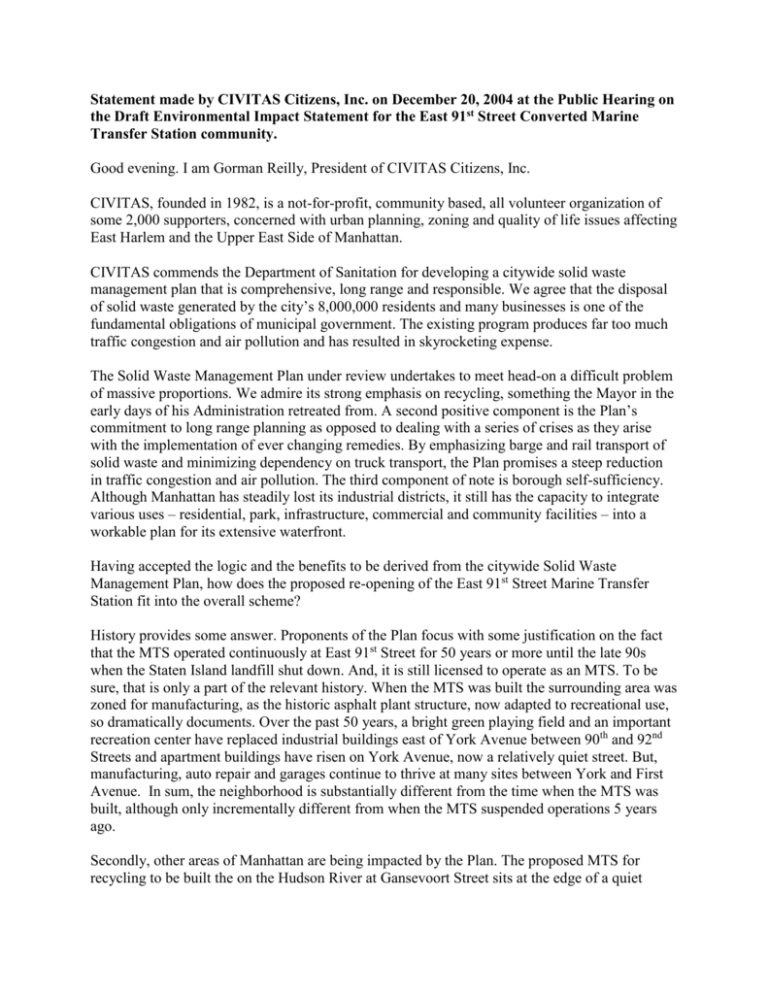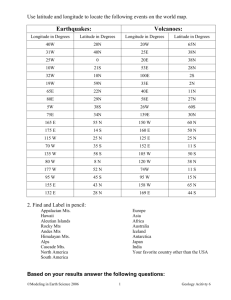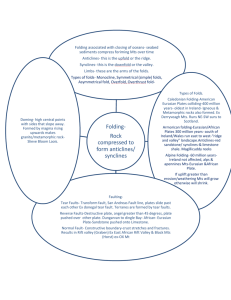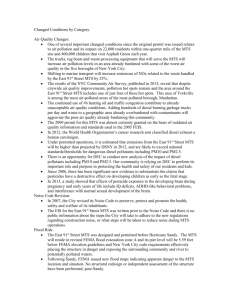MTS Statement
advertisement

Statement made by CIVITAS Citizens, Inc. on December 20, 2004 at the Public Hearing on the Draft Environmental Impact Statement for the East 91st Street Converted Marine Transfer Station community. Good evening. I am Gorman Reilly, President of CIVITAS Citizens, Inc. CIVITAS, founded in 1982, is a not-for-profit, community based, all volunteer organization of some 2,000 supporters, concerned with urban planning, zoning and quality of life issues affecting East Harlem and the Upper East Side of Manhattan. CIVITAS commends the Department of Sanitation for developing a citywide solid waste management plan that is comprehensive, long range and responsible. We agree that the disposal of solid waste generated by the city’s 8,000,000 residents and many businesses is one of the fundamental obligations of municipal government. The existing program produces far too much traffic congestion and air pollution and has resulted in skyrocketing expense. The Solid Waste Management Plan under review undertakes to meet head-on a difficult problem of massive proportions. We admire its strong emphasis on recycling, something the Mayor in the early days of his Administration retreated from. A second positive component is the Plan’s commitment to long range planning as opposed to dealing with a series of crises as they arise with the implementation of ever changing remedies. By emphasizing barge and rail transport of solid waste and minimizing dependency on truck transport, the Plan promises a steep reduction in traffic congestion and air pollution. The third component of note is borough self-sufficiency. Although Manhattan has steadily lost its industrial districts, it still has the capacity to integrate various uses – residential, park, infrastructure, commercial and community facilities – into a workable plan for its extensive waterfront. Having accepted the logic and the benefits to be derived from the citywide Solid Waste Management Plan, how does the proposed re-opening of the East 91st Street Marine Transfer Station fit into the overall scheme? History provides some answer. Proponents of the Plan focus with some justification on the fact that the MTS operated continuously at East 91st Street for 50 years or more until the late 90s when the Staten Island landfill shut down. And, it is still licensed to operate as an MTS. To be sure, that is only a part of the relevant history. When the MTS was built the surrounding area was zoned for manufacturing, as the historic asphalt plant structure, now adapted to recreational use, so dramatically documents. Over the past 50 years, a bright green playing field and an important recreation center have replaced industrial buildings east of York Avenue between 90th and 92nd Streets and apartment buildings have risen on York Avenue, now a relatively quiet street. But, manufacturing, auto repair and garages continue to thrive at many sites between York and First Avenue. In sum, the neighborhood is substantially different from the time when the MTS was built, although only incrementally different from when the MTS suspended operations 5 years ago. Secondly, other areas of Manhattan are being impacted by the Plan. The proposed MTS for recycling to be built the on the Hudson River at Gansevoort Street sits at the edge of a quiet residential area, the West Village, and intersects with the Hudson River Park. The proposed MTS for commercial waste at West 59th Street is not far from the residential development of the Trump organization; more residential development, closer to West 59th Street, is anticipated. It appears that the decision not to go ahead with an MTS at West 135th Street was dictated by considerations of “fair share” and environmental justice, specifically the presence in Upper Manhattan of the North River Sewage Treatment Plant and multiple garages for MTA buses. Third, there does not appear to be an available, practical alternative, at least in Manhattan to the East 91st Street site. No other location of any significance has surfaced to become part of the public debate. We also have been given to understand that there is no additional capacity at the Essex incineration site in New Jersey, beyond what has already been committed. This being said, the East 91st Street MTS should not be rebuilt until the legitimate concerns of the surrounding neighborhood have been taken into account. We address five of these concerns. First and foremost is traffic. The Department of Sanitation’s promise of no queuing on the streets - York Avenue - must be guaranteed and enforced. The measures outlined by the Administration to prevent such queuing do not strike us as sufficient. The width of the proposed rebuilt ramp at the point where it intersects with York Avenue will not allow for two-way traffic. Thus, at peak periods a bottleneck is sure to form at the most critical juncture and is likely to lead to trucks’ idling and queuing on York Avenue. It seems prudent and rational to widen the new ramp for its full length, even if it should cause some small incursion on existing parkland to the south. The promised presence of a Sanitation employee to manage traffic on the ramp at peak periods will be essential. During periods of heavy usage it will need to be supplemented by police presence at the intersection of York and 91st Street to ensure that all elements of traffic, including pedestrians, are safeguarded. Serious consideration must also be given during labor negotiations to implementation of staggered work shifts so that all of the loaded Sanitation trucks don’t end up at the MTS at the same time A second concern is protecting the surrounding neighborhood from deleterious impacts of noise, odors and toxic emissions. Consideration should be given to enclosing the truck ramp that leads from the street over the FDR Drive to the MTS, with suitable ventilation system incorporated into the design that will vent fumes away form the playing field and the Murphy Center. In addition, measures must be taken to insure that foul smells and harmful emissions from the MTS itself do not affect the playing field and nearby streets. Third, the visual impact on the surrounding area must be addressed. At a minimum there should be an aesthetically pleasing barrier between the ramp and the playing field to block out any view of the trucks making their way to the MTS; it could also serve to blunt noises and foul smells. Given the care expended on the appearance of this recreation site, attractive plantings need to be integrated into any barrier construction and maintained thereafter. A fourth concern relates to the Plan’s program for handling commercial waste at the East 91st Street MTS. Examined purely as an economic matter, it makes some sense for the MTS to take in commercial waste in the evening hours when it would otherwise be idle. It is also true there would be a favorable environmental impact to the extent that unnecessary truck traffic to New Jersey and elsewhere would be lessened. However, these considerations need to be weighed against the residential character of this specific neighborhood. It would be unreasonable to allow a large number of commercial waste hauling trucks to ply their way to the MTS on this two-way street in the late evening hours. There should be a reasonable, fixed limitation on the total number of commercial trucks per day, a limitation on the number of trucks using the MTS in any given hour and a limit to the hours of operation. We suggest that the limit be set at no more than 30 commercial trucks per day and 10 or 15 commercial trucks per hour and that the MTS be closed for the receipt of solid waste during the hours from 11 PM to 7 AM. A fifth and final concern relates to accountability. The impacted community must have the ability effectively to monitor the Department of Sanitation’s performance at the MTS, especially during the early years of operation. At a minimum, reports as to hourly truck counts, daily amounts of solid waste processed, usage by commercial waste haulers and other relevant data should be provided on a weekly basis to a representative community organization such as the Gracie Point Community Council. Funds should be made available to the community organization so that it might hire a qualified consultant to review the data, Just as a civilized society will take the necessary steps effectively to dispose of its accumulated solid waste, so too that civilized society will ensure that its residents will be able to enjoy a suitable quality of life.





